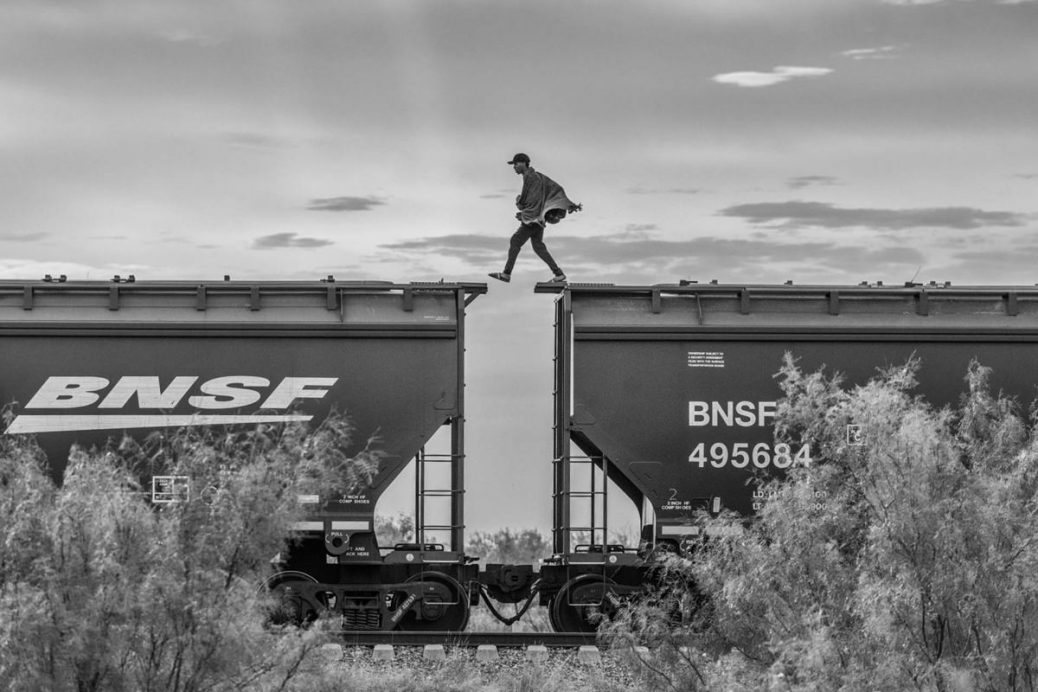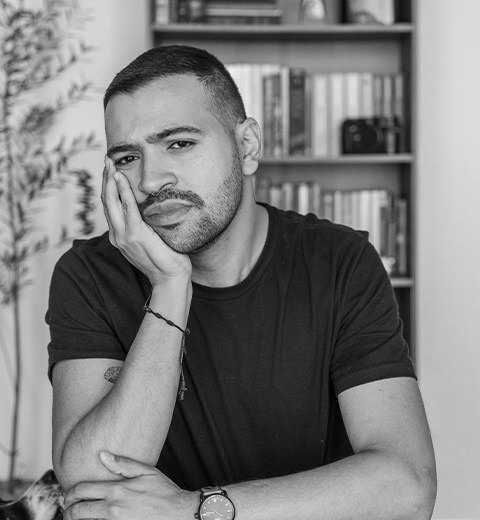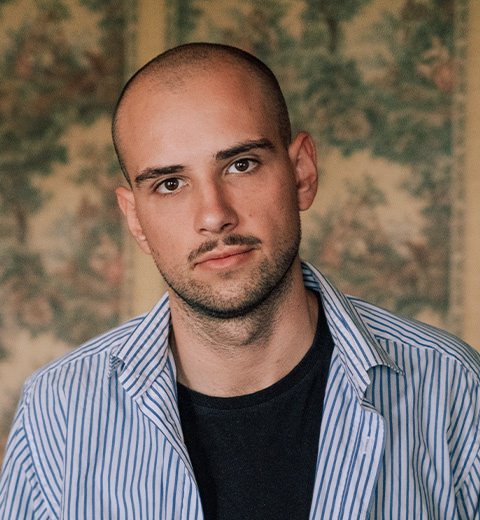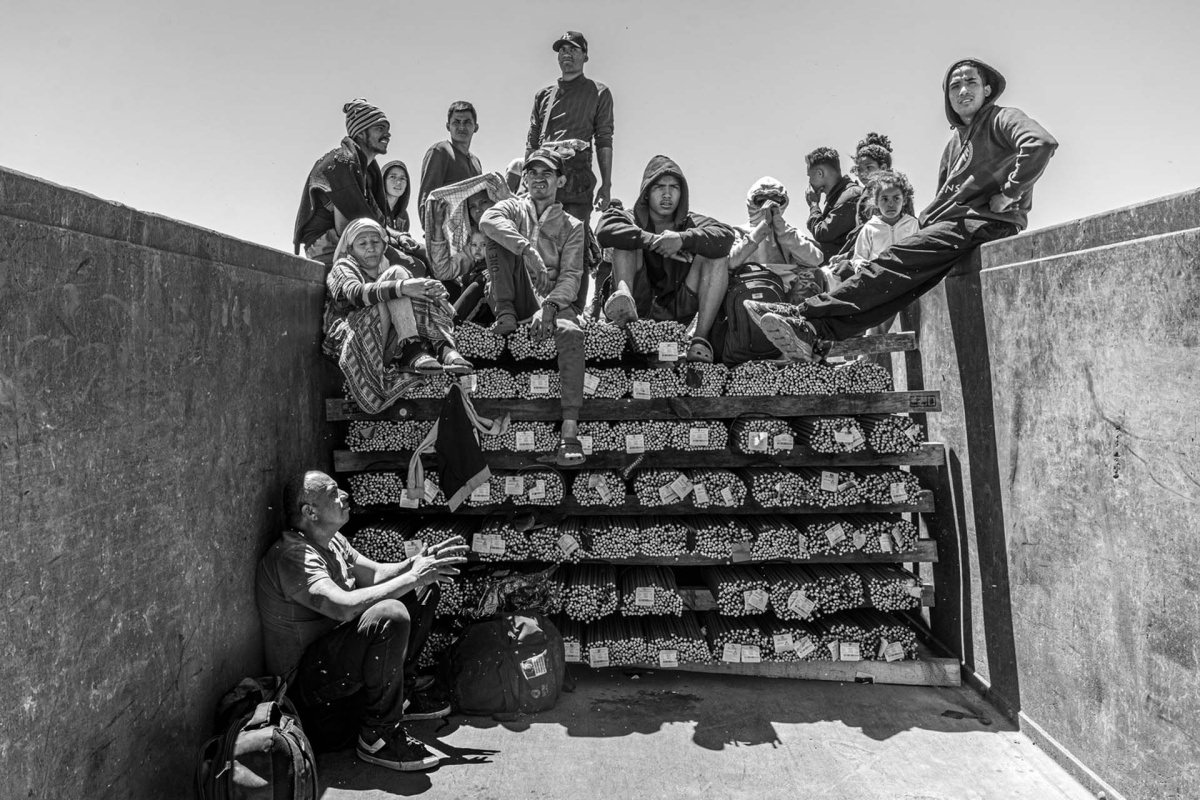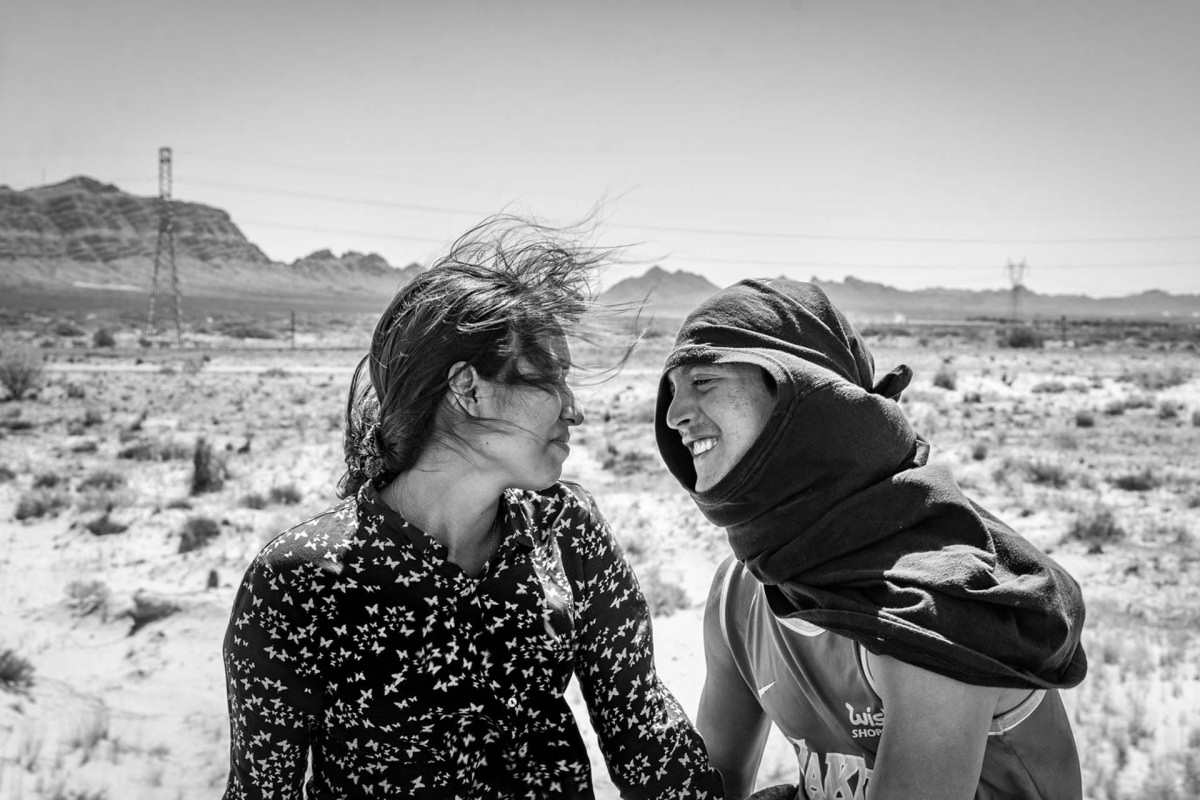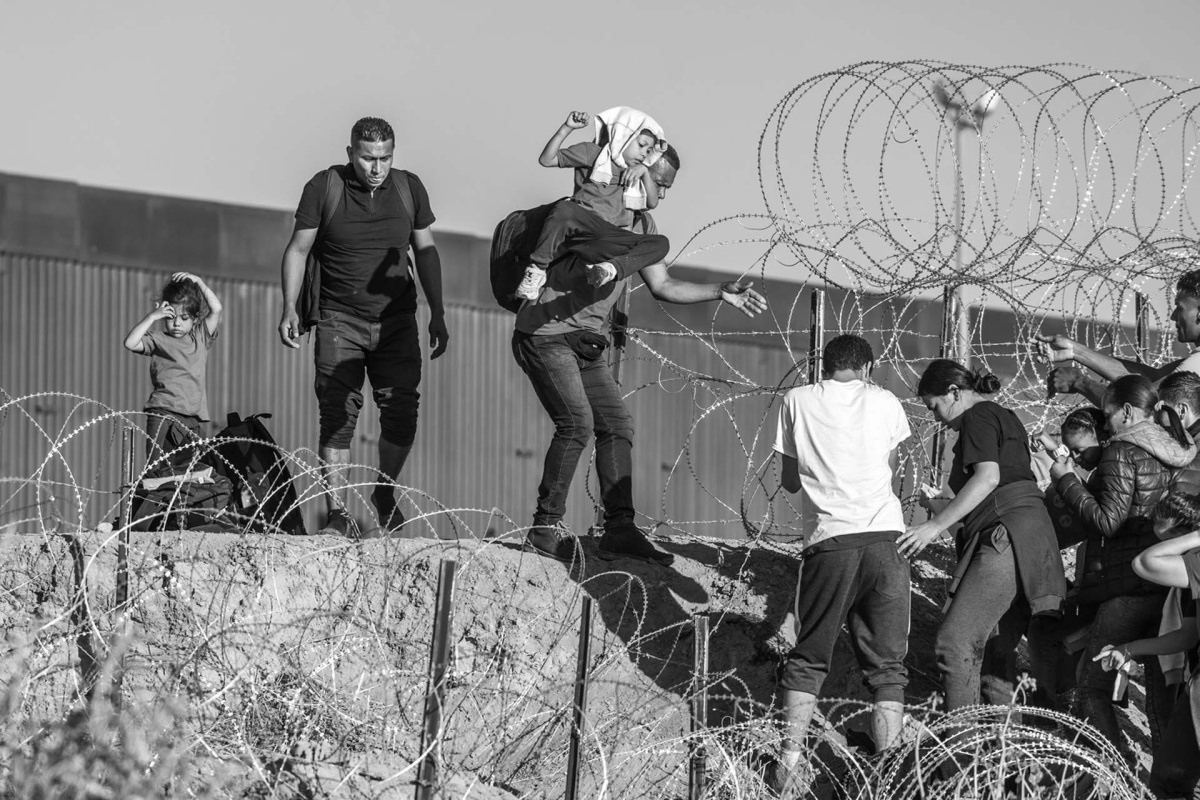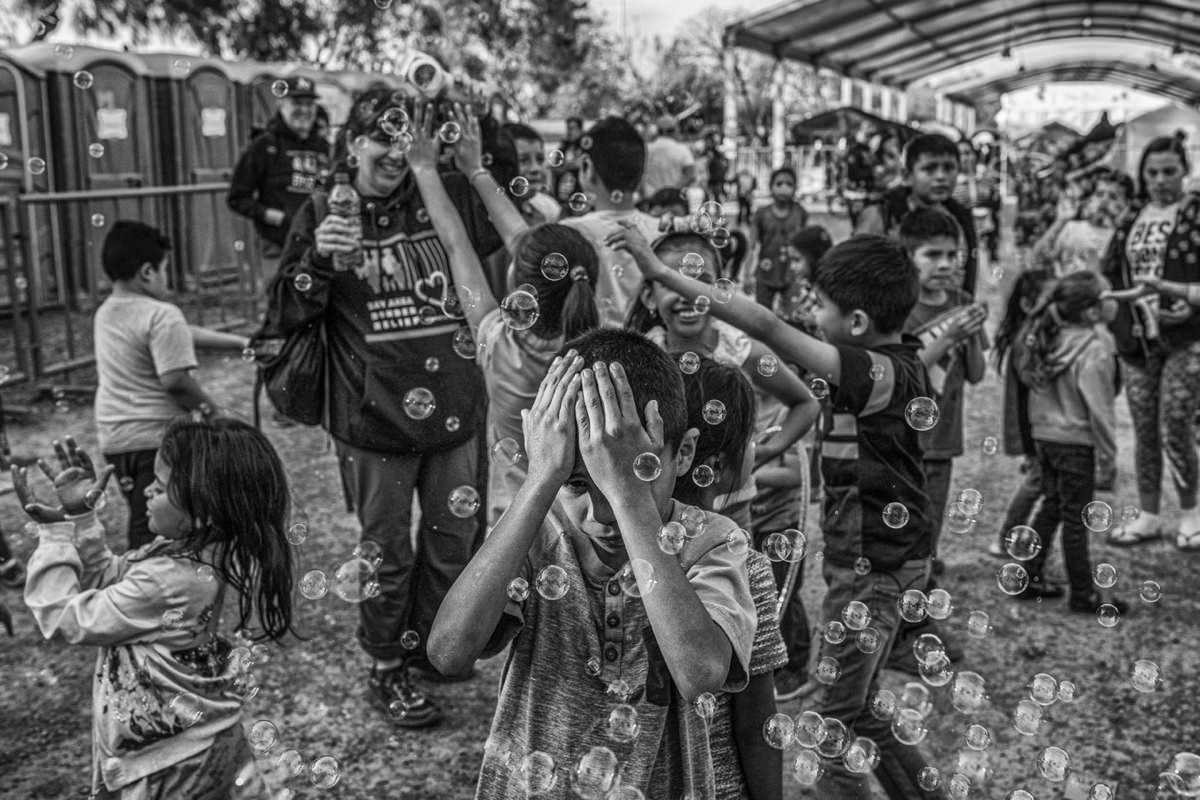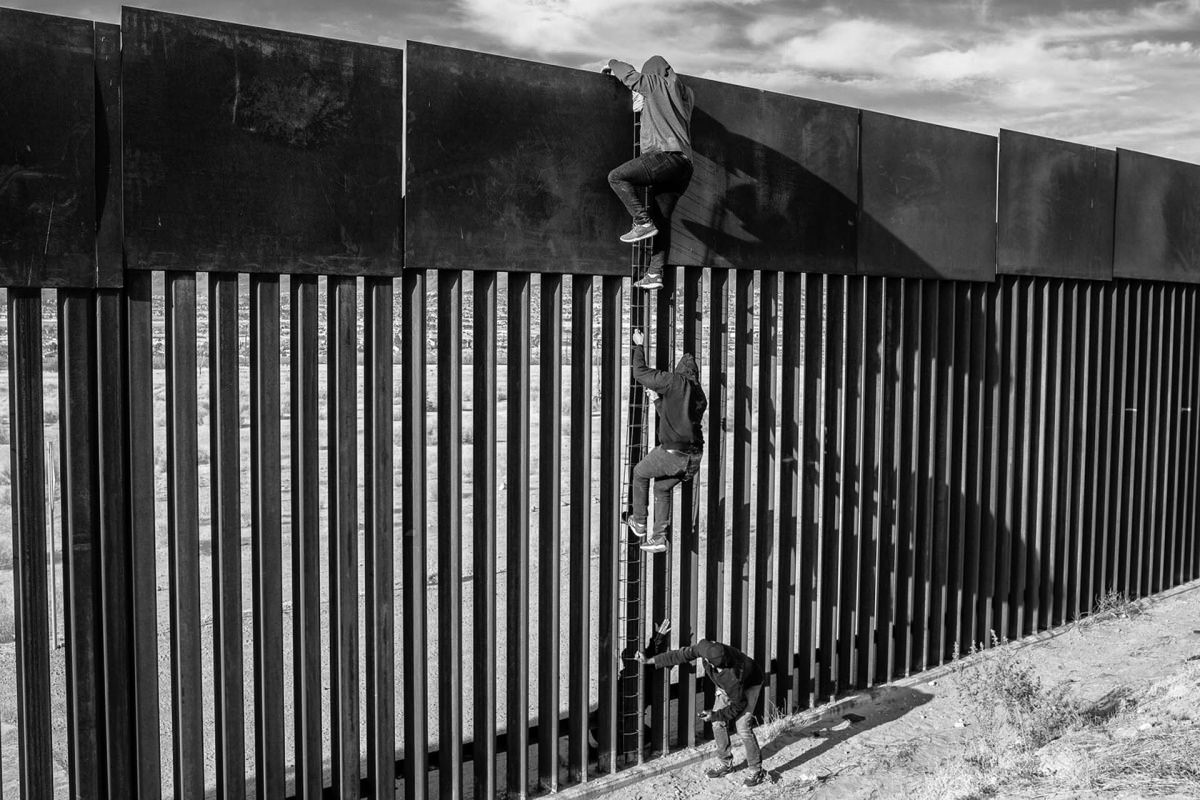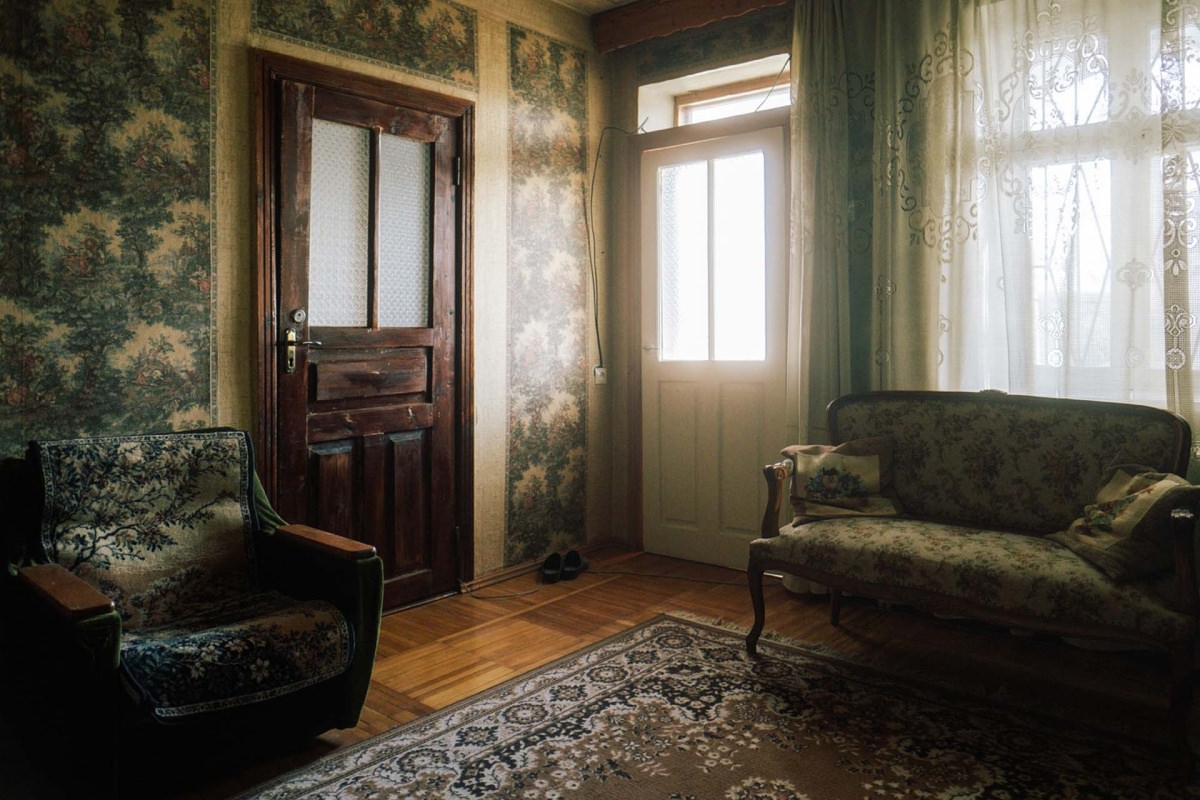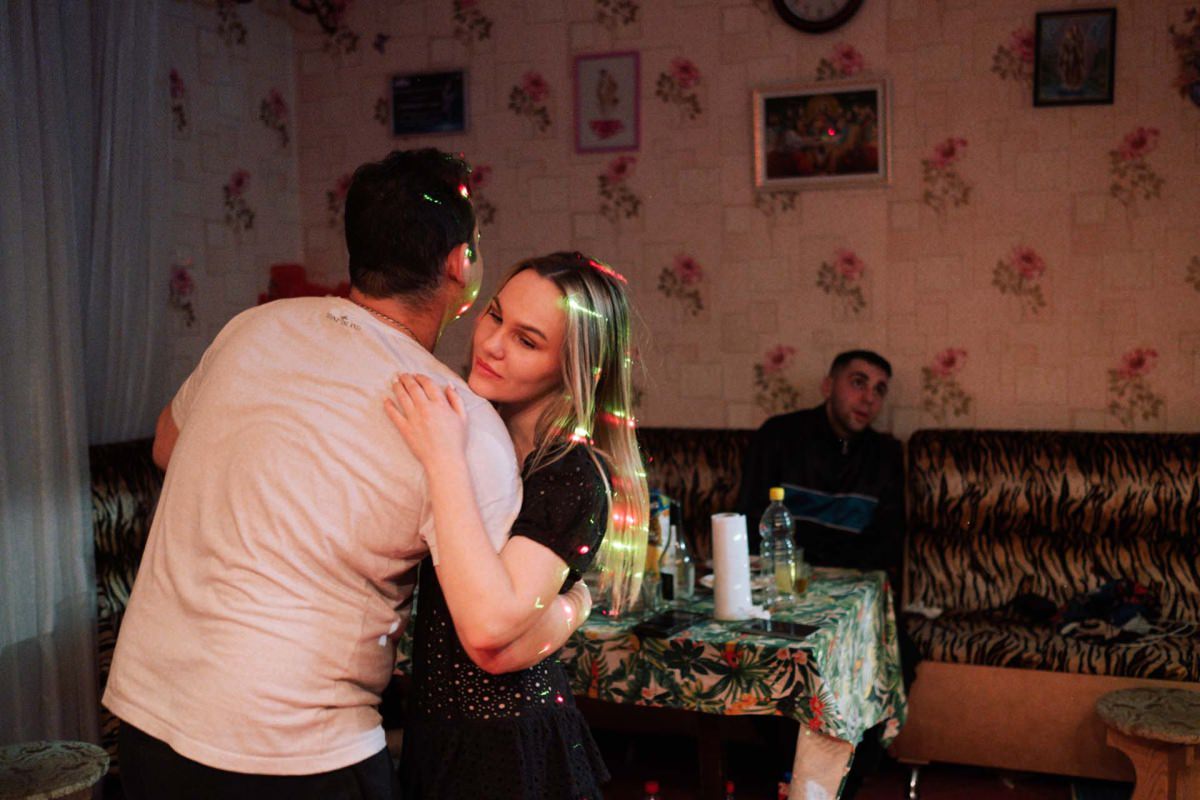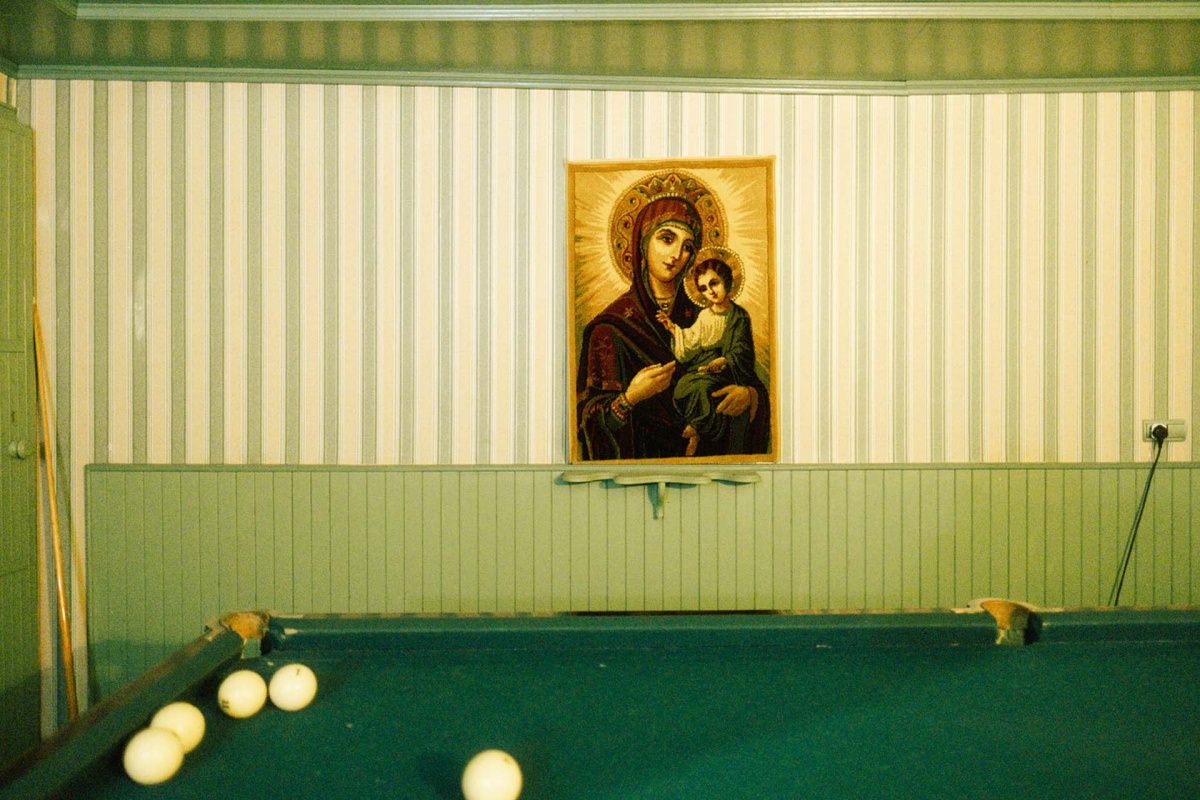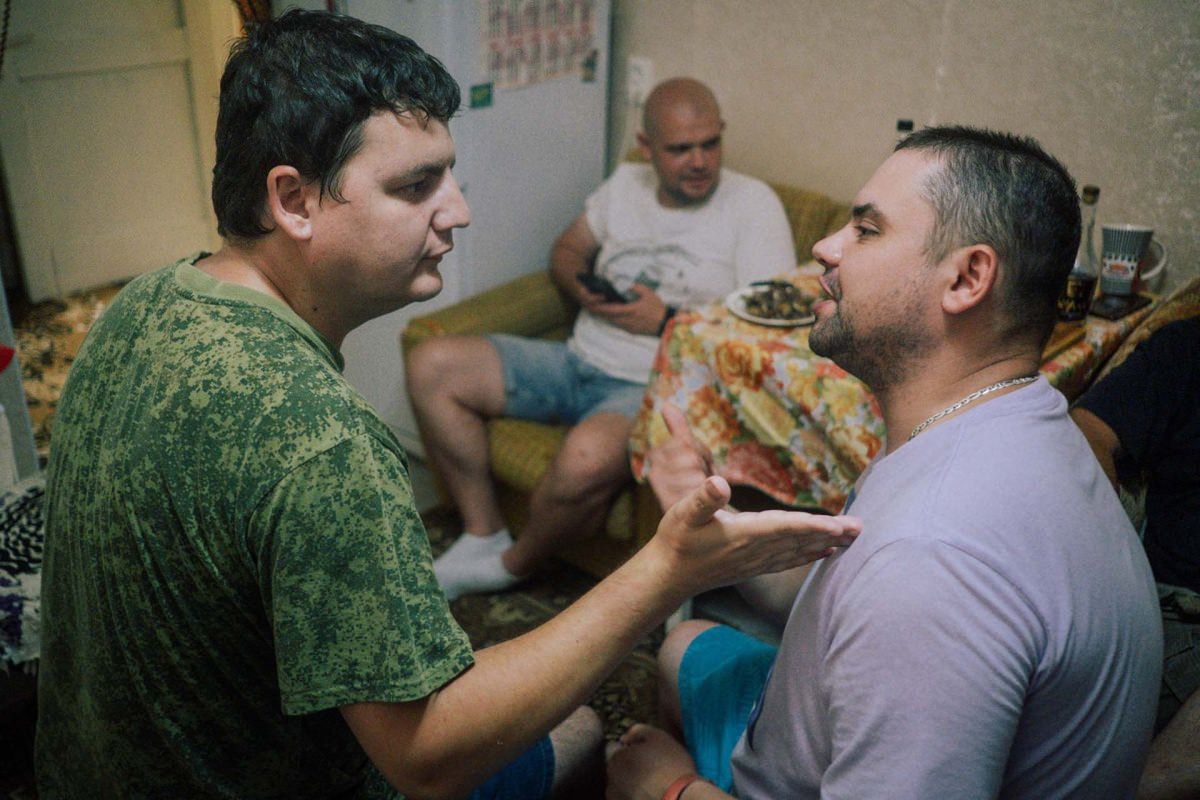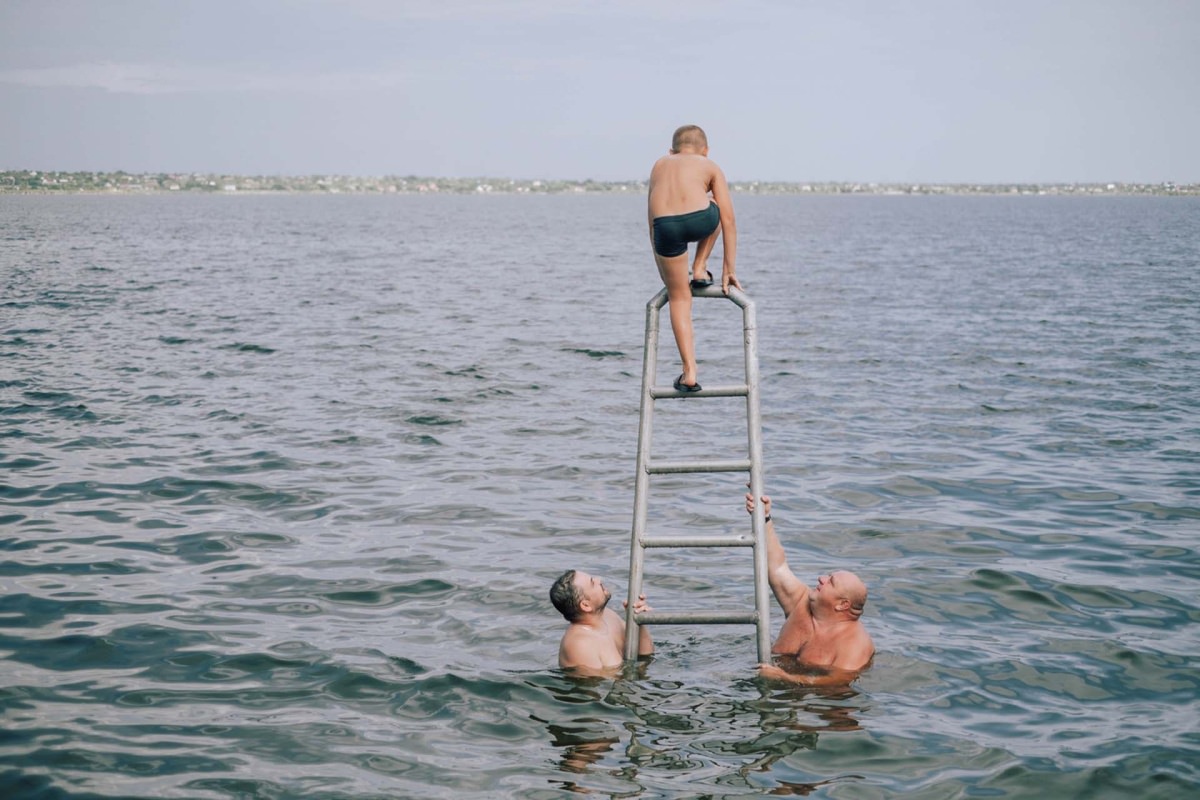2025 Leica Oskar Barnack Award Winners
Winner 2025: Alejandro Cegarra – The Two Walls
Mexico was once regarded as a place of refuge for those fleeing violence and persecution. In recent years, however, the country has increasingly aligned with U.S. anti-immigration policies, erecting both physical and bureaucratic barriers that leave migrants stranded at its northern border. With his long-term project The Two Walls, Venezuelan-born and Mexico-based photographer Alejandro Cegarra turns his lens on this transformation, portraying the human consequences of policies that turn a border into a trap.
His empathic black-and-white images capture the everyday struggles of men, women, and families as they navigate harsh and often inhumane conditions. Among them are Rosa and Ruben, a couple who met during their journey north and now dream of crossing the U.S. border together; Eddie, Carolina, and their daughter Valentina, hoping for a new life in the United States; Ever, carrying his child across a river; and Gladys, waiting with her children for an asylum hearing. These stories embody the hopes and desperation of countless people searching for safety and dignity, transforming statistics into human experience.
Cegarra has accompanied migrants and asylum seekers since 2018, documenting their exhausting marches, the uncertainty of makeshift camps, and the constant threat of raids by Mexican officials. His photographs also reveal the peril of La Bestia, the freight train used by many to reach the U.S. border—an infamous journey where hundreds have lost their lives or suffered mutilations. Beyond physical danger, migrants are also exposed to criminal gangs, drug cartels, and corrupt authorities who exploit them with theft, extortion, violence, and kidnappings.
Through all this, Cegarra records both despair and resilience: fear and exhaustion exist side by side with solidarity, hope, and fleeting moments of joy. His work shows the full range of human emotion that defines this hostile passage and offers viewers not only a chronicle of suffering but also a reminder of empathy, dignity, and beauty.
For The Two Walls, Cegarra produced more than 35,000 photographs, ultimately selecting 20 for the Leica Oskar Barnack Award submission. Nominated by Colombian photographer Federico Ríos Escobar, the series stands as a powerful visual testimony to Mexico’s shifting role—from a nation once considered a refuge to one complicit in exclusionary politics that deepen the plight of the vulnerable.
About the Author
Alejandro Cegarra was born in Caracas in 1989. He began his career in 2012 as a photojournalist for Últimas Noticias, Venezuela’s largest newspaper. Since 2013 he has worked as a freelancer, with publications in The New York Times, Bloomberg, National Geographic, The New Yorker, The Washington Post, and TIME. After relocating to Mexico in 2017, he has continued to focus on stories of displacement, identity, and resilience.
Cegarra has received numerous awards, including the Leica Oskar Barnack Newcomer Award in 2014 for The Other Side of the Tower of David, the Getty Editorial Grant in 2017, and the World Press Photo Global Award for Long-Term Projects in both 2019 and 2024. In 2025, his project The Two Walls earned him the Leica Oskar Barnack Award. He has also served as a LOBA nominator in recent years.
Newcomer 2025: Serghei Duve – Bright Memory
What began as a personal search and documentation of family life has grown into a narrative that intertwines private experience with political complexity. German photographer Serghei Duve, born in Moldova, explores his family’s enduring ties to Transnistria, a self-declared republic on the Moldovan-Ukrainian border that functions with its own institutions yet remains unrecognised internationally.
For Duve’s family, Transnistria is more than a disputed territory. Despite emigrating to Germany 25 years ago, his parents still regard it as home, returning for holidays and family visits. The region is shaped by migration, with people leaving for both the West and Russia, but the emotional bond to the homeland remains strong. This attachment is captured in the Russian phrase swetlaja pamjat—bright memory—describing the warmth of recollection after loss.
Duve’s photographs portray everyday life marked by nostalgia and division while reflecting broader political tensions. Russia’s invasion of Ukraine has sharpened the unresolved status of Transnistria, heightening debates within his family over identity, media narratives, and the war’s consequences. What appears at first as quiet scenes of daily encounters reveals underlying questions of belonging, migration, and the future.
His work transforms intimate family documentation into a wider reflection on history and collective experience, combining portraits and still lifes that oscillate between melancholy, memory, and the challenge of defining one’s place in uncertain times.
About the Author
Serghei Duve was born in Chișinău, Moldova in 1999 and moved to Germany with his family as a child. Raised in a Russian-speaking household, he discovered photography at the age of ten and has been studying Visual Journalism and Documentary Photography at the Hanover University of Applied Sciences and Arts since 2021.

